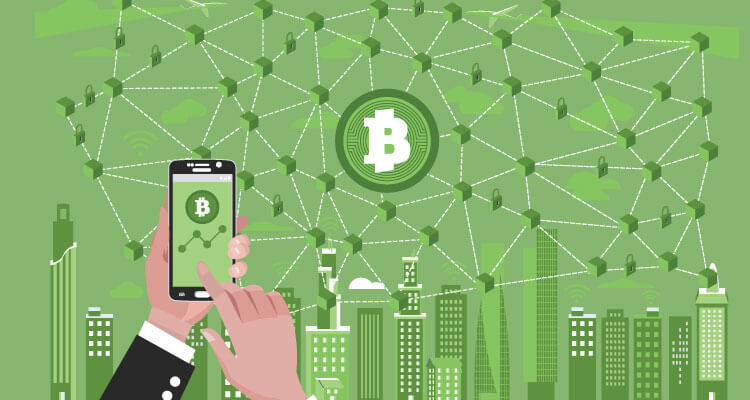Settling a debt used to be a complicated process. Barter required both sides of a transaction to guess the value of the goods they were considering exchanging. How should a farmer price a pair of chickens against the contents of his bag of grain? Are a meal and a cup of beer a fair return for a day’s labor? The rise of money removed those questions by placing a clear if changing, the value of goods and services. The system was so efficient and so useful that it remained virtually unchanged for millennia. The heads of the monarchs on the coins of the realm might have altered and been replaced by others. But, the idea behind the Fintech currency that we use today is the same as the past.
That idea remains. However, it now has to compete with different ways of settling debts that are often faster, easier and more convenient.
This Fintech report
In this report, we looked at how those methods are developing. We started with eCommerce payments not just because they’re the most mature innovation in fintech but because they also show how a development that appears to be revolutionary and dynamic can quickly settle. A space that once raised eyebrows as soon as it raised share prices has now become an area where the innovation is relatively small but the competition has become increasingly fierce. Businesses now have a range of options they can use to take payments to almost anywhere in the world.
Just as those options were beginning to settle, though, technology gave the industry a new challenge in the form of mobile devices. The ability to receive payment on a website was no longer sufficient when websites were viewed on less than five inches of screen space. E-commerce had to adapt. But, manufacturers and fintech entrepreneurs also saw that the devices could function as financial tools in themselves. Sellers were able to offer apps that moved the point of sale from the cash desk to wherever the customer happened to be. Device manufacturers have encouraged users to connect their finances to their devices. This reassures them with fingerprint identification technology, and are persuading them to make payments with swipes. Wallets and purses are no longer necessary, and a retail transaction now can be completed with nothing more than a mobile phone.
Mobile Payments in Fintech
Those mobile payments depend on the presence of a new chip in the device. However, mobile phones were designed to bring people together. Those human connections have created a new channel for payments made between friends who know and trust each other. The rise of P2P payments has shown both the market and the challenges of meeting the demands of that market. Service providers are still struggling to monetize P2P payment. It’s a conflict that won’t become easier if social media expands, as it’s already done in China. Attempts by leading P2P payment providers to find customers willing to pay could cannibalize sales on other eCommerce platforms. Customers, it appears, can continue to enjoy increased competition and downward pressure on costs.
For those willing to look beyond dollars and euros, the rise of bitcoin as a digital currency and, at the start of 2017, its sustained rise in value, has opened a whole new opportunity. While bitcoin has met its promise to escape the grip of national banks, the idea that it could cut out middlemen and work entirely on a P2P basis has proved less realistic. The cryptocurrency space is now filled with businesses large and small that provide exchange, security, investment and other services to bitcoin users for a fee.
Bitcoin might be free to move around, but it costs money to change into a currency people will accept. And while the currency has escaped the decisions of a central banker, it’s still vulnerable to changes in the value of fiat currencies and other stimuli that have sent its value soaring and crashing then rising again over the last few years.
The Risk of Fintech
It’s a risk, like the rest of the fintech industry, and where’s there’s risk there are also rewards. Investors are now pouring billions of dollars into an industry packed with opportunity, dynamism, innovation and change. Much of that money will be lost. Companies will offer solutions for which there are no problems and businesses that supply good; reliable services will see off rivals who fail to satisfy their customers.
As fintech marches through 2017, ultimately it will be customers who decide which platforms offer the greatest convenience, the lowest fees, and the best experience when making and receiving payments.





